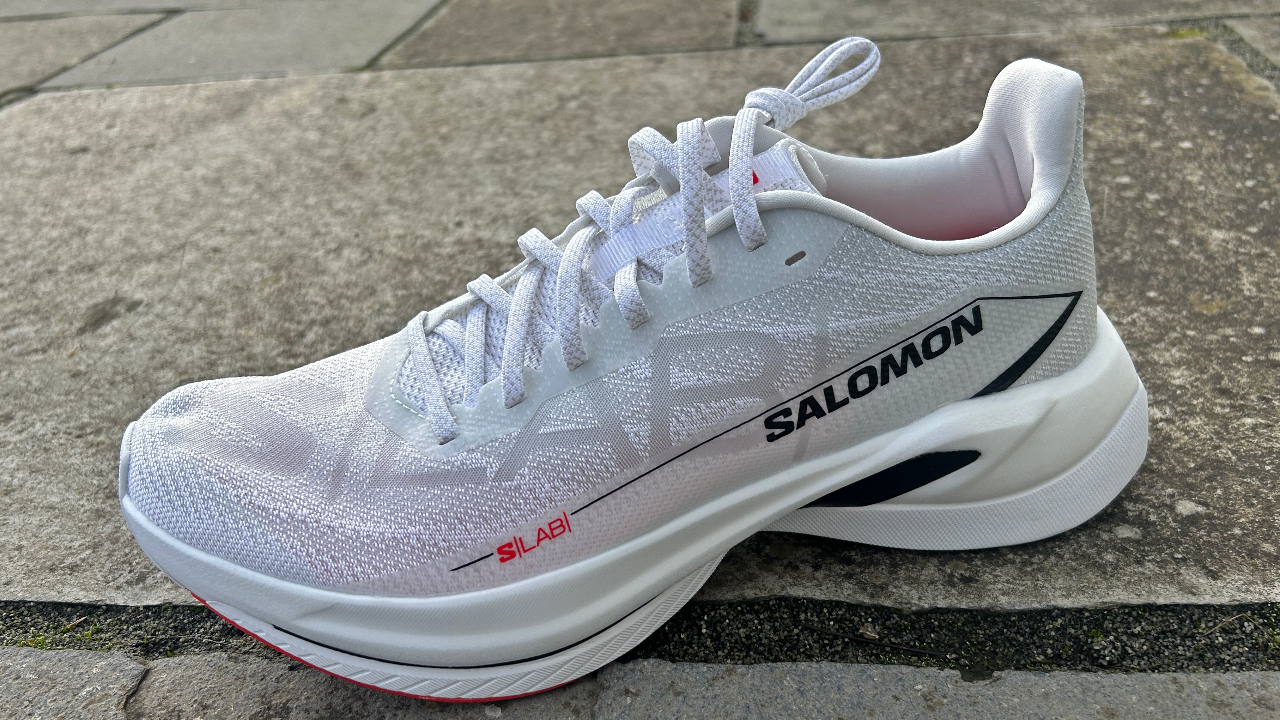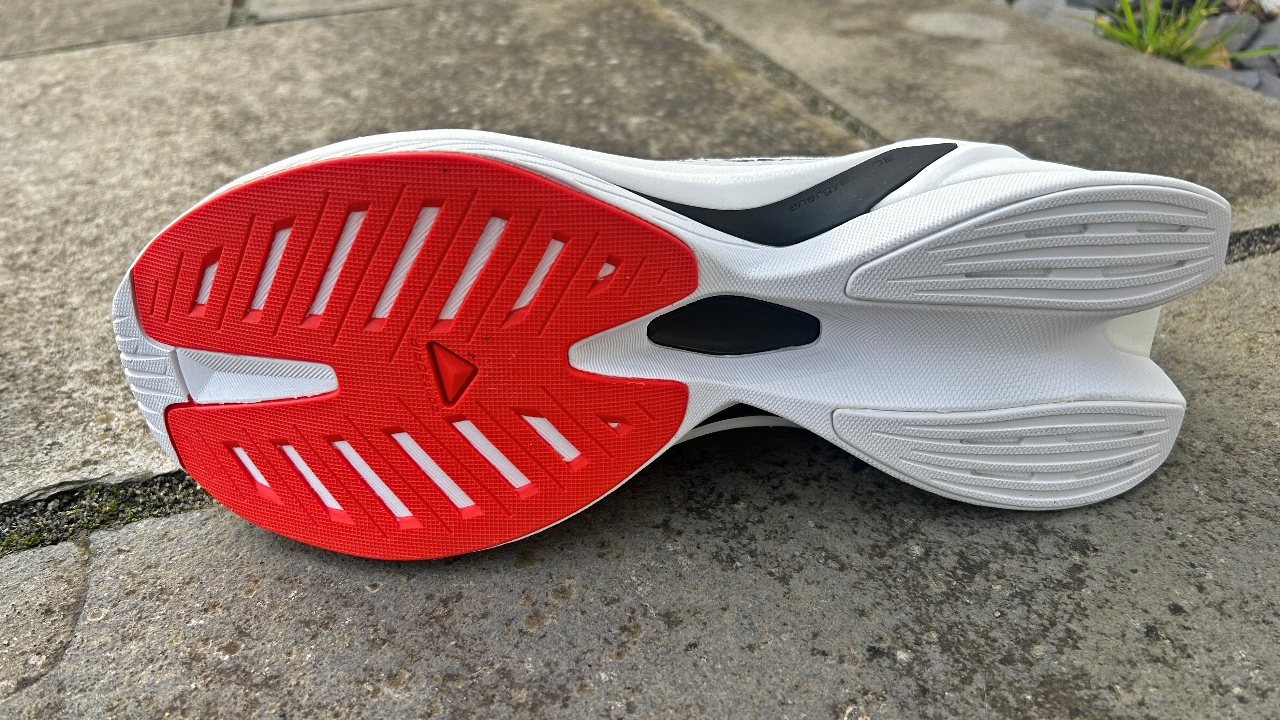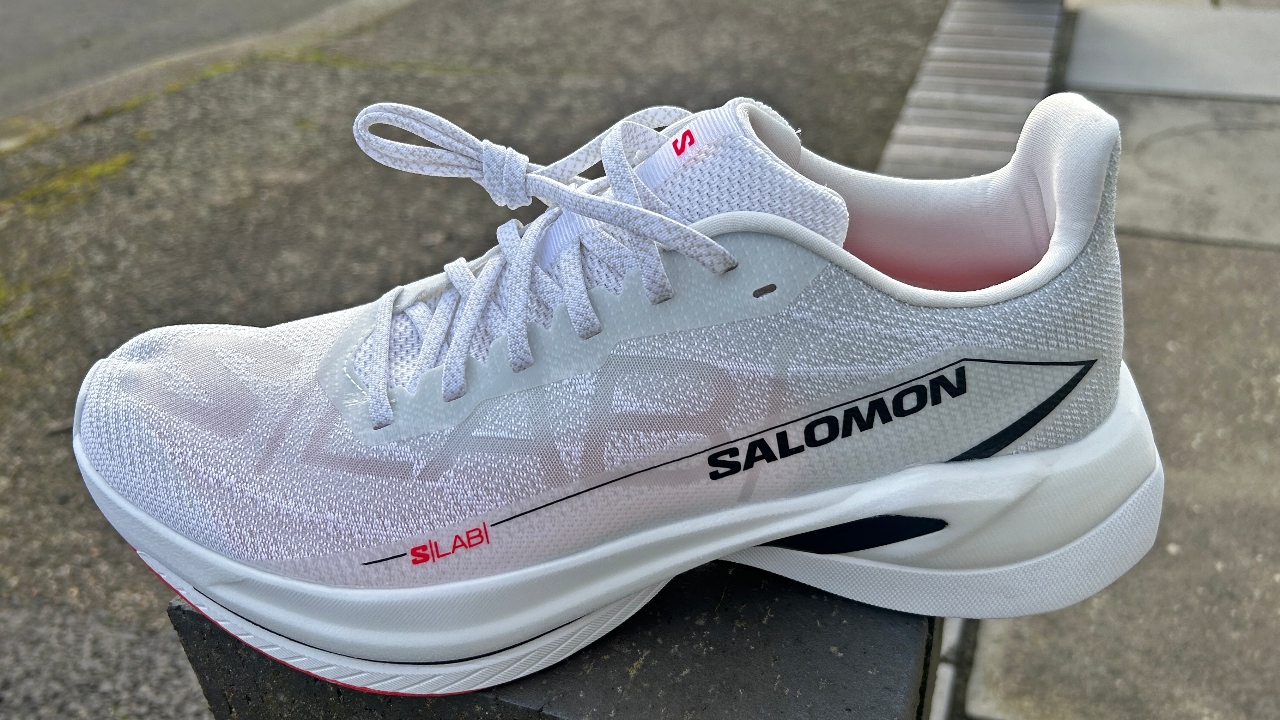Our Verdict
The Salomon S/Lab Spectur is a shoe designed around the (questionable) premise that slower runners need a different type of super-shoe from elites. However, even if you buy into that idea it doesn’t deliver the propulsive ride you’d expect for its price. It’s a versatile shoe, and gives a smooth and enjoyable ride, but there are better-value options for racing and training.
For
- Stable
- Comfortable
- Versatile
Against
- Expensive
- Not as fast as true super-shoes
You can trust Coach
The Salomon S/Lab Spectur will live and die on whether you accept the idea behind its design, which is that people running at slower speeds need a different racing shoe to elite athletes. It’s meant to be a super-shoe for those running marathons in around four hours, rather than setting world records, and cater to their needs by being more stable.
I don’t accept the notion that elites run in one way and, say, 4hr marathoners another. Watch any group of runners at any speed and you’ll see variations in running style. That said, the S/Lab Spectur is a versatile shoe that can handle a variety of training, but its price is too high, and using one of the best carbon plate running shoes is going to deliver a higher level of performance on race day for any runner.
Salomon S/Lab Spectur: Price And Availability
The Salomon S/Lab Spectur launches in May 2024 and will cost $220 in the US and £210 in the UK, which is cheap for a super-shoe but expensive for a super-trainer—which is what I consider it to be. The S/Lab Phantasm 2 is the more performance-focused super-shoe in Salomon’s range and costs $275/£240. The brand also has the standard Spectur shoe, which is a cheaper training option.
How I Tested This Running Shoe

I ran 30 miles in the S/Lab Spectur, using it for several training runs at a range of speeds. I’m a 2hr 28min marathoner, so not the target for the shoe, but used it at a mix of easy and fast paces to see how it felt compared with other carbon plate shoes. I’ve also tested the S/Lab Phantasm 2 and a range of the best super-trainers and super-shoes from other brands.
Design And Fit
How do you make a super-shoe for the average runner? Well, basically, you make it less of a super-shoe and more of a souped-up trainer. The S/Lab Spectur has elements of the S/Lab Phantasm, adjusted to make it less aggressive and unstable.
The dual-density midsole has a top layer of the brand’s Peba-based Energy Foam+, with a bottom layer of Energy Foam, which is a blend of EVA and Olefin and is firmer and more stable than the bouncier top layer. There are sidewalls of foam that your foot sits within at the back for increased stability. The shoe has a stack height of 38mm at the heel and 30mm at the forefoot for a drop of 8mm, and weighs 9oz/254g in a UK size 9.
There is a carbon plate running through the midsole, which is winged at the back for stability, and the shoe is quite wide at the heel—again for stability. The R.Camber rocker has been moved further back in the shoe to cater more to heel-strikers. This is because Salomon suggests slower runners tend to land on their heels, which is presented as a difference from elites, though research has repeatedly shown most runners are heel-strikers regardless of pace.
Sign up for workout ideas, training advice, reviews of the latest gear and more.

The upper on the shoe is lightweight and breathable in the forefoot, but has a lot of padding around the collar and a high heel tab, to add more comfort for runners taking longer to complete events like a marathon. The fit was good in my usual size, though the long heel tab irritated my achilles tendon on long runs.
There is a cut-out on the bottom of the shoe to reduce its weight, but most of the bottom is covered with a Contagrip rubber outsole. The S/Lab Phantasm 2, which also uses Contragrip rubber, didn’t grip well in wet conditions, but I had no problems with the S/Lab Spectur when running in the rain.
Running Performance
The S/Lab Spectur provides a firmer ride than I expected. It’s not harsh by any means, but you don’t have the feeling of sinking into that top layer of Peba-based foam, which is firmed up by the plate and bottom layer of foam.
I’m a heel-striker and I felt, and enjoyed, the rocker on the shoe, which moves you onto your toes nicely at a range of paces. There isn’t a big propulsive feeling as you toe-off, however, which you get from most of the best carbon shoes.
The shoe felt at its best when running at faster paces, going down to around 3min 30sec/km. Although this is not the pace it’s aimed at, I think most runners change their gait a little when running at faster speeds, and the S/Lab Spectur has a smoother and more enjoyable ride when you’re pushing the pace.

It’s too bulky for really fast running, though. The heel section is large and noticeable, and while it provides a stable landing zone it makes the shoe feel more like a daily trainer than a racing shoe. The fact it’s also comfortable at slow paces means it works better as a versatile training shoe than one I’d consider racing in. It’s not at the level of a super-shoe like Salomon’s S/Lab Phantasm 2, but I’d prefer racing in a number of other, faster super-trainers like the Saucony Endorphin Speed 4 and Adidas Adizero Boston 12.
The Salomon feels more like the Saucony Kinvara Pro to me: A bulky, stable shoe with a plate in it that’s good for training and works well for heavy runners and those who don’t get on with unstable super-shoes. It has its purpose, but doesn’t feel like it brings any major benefits to the table for racing.
Is The Salomon S/Lab Spectur Worth It?

Although I don’t agree that slower runners need different super-shoes from fast ones, there is something to the idea of a more stable super-shoe because most of the best carbon shoes are pretty wobbly. Unfortunately, the features that bring stability to shoes often make them less “super” and the S/Lab Spectur is an example of this. It just doesn’t feel like a fast racing option.
There are shoes that provide a better balance of stability and speed, like the Saucony Endorphin Pro 4 and Saucony Endorphin Speed 4, which are fast and more stable than most super-shoes, especially the Endorphin Speed 4. The Brooks Hyperion Elite 4 is also stable, for a super-shoe, though that’s partly down to its midsole foam being less springy than others.
The S/Lab Spectur needs to be convincing in its role to make spending such big sums of money on it, and while it works fine as a versatile trainer it’s too expensive for that role, and is still outperformed by shoes like the Endorphin Speed. With regards to racing, I don’t feel like it’s a shoe that delivers as much as other options, no matter what your goal pace is.

Nick Harris-Fry is a journalist who has been covering health and fitness since 2015. Nick is an avid runner, covering 70-110km a week, which gives him ample opportunity to test a wide range of running shoes and running gear. He is also the chief tester for fitness trackers and running watches, treadmills and exercise bikes, and workout headphones.

